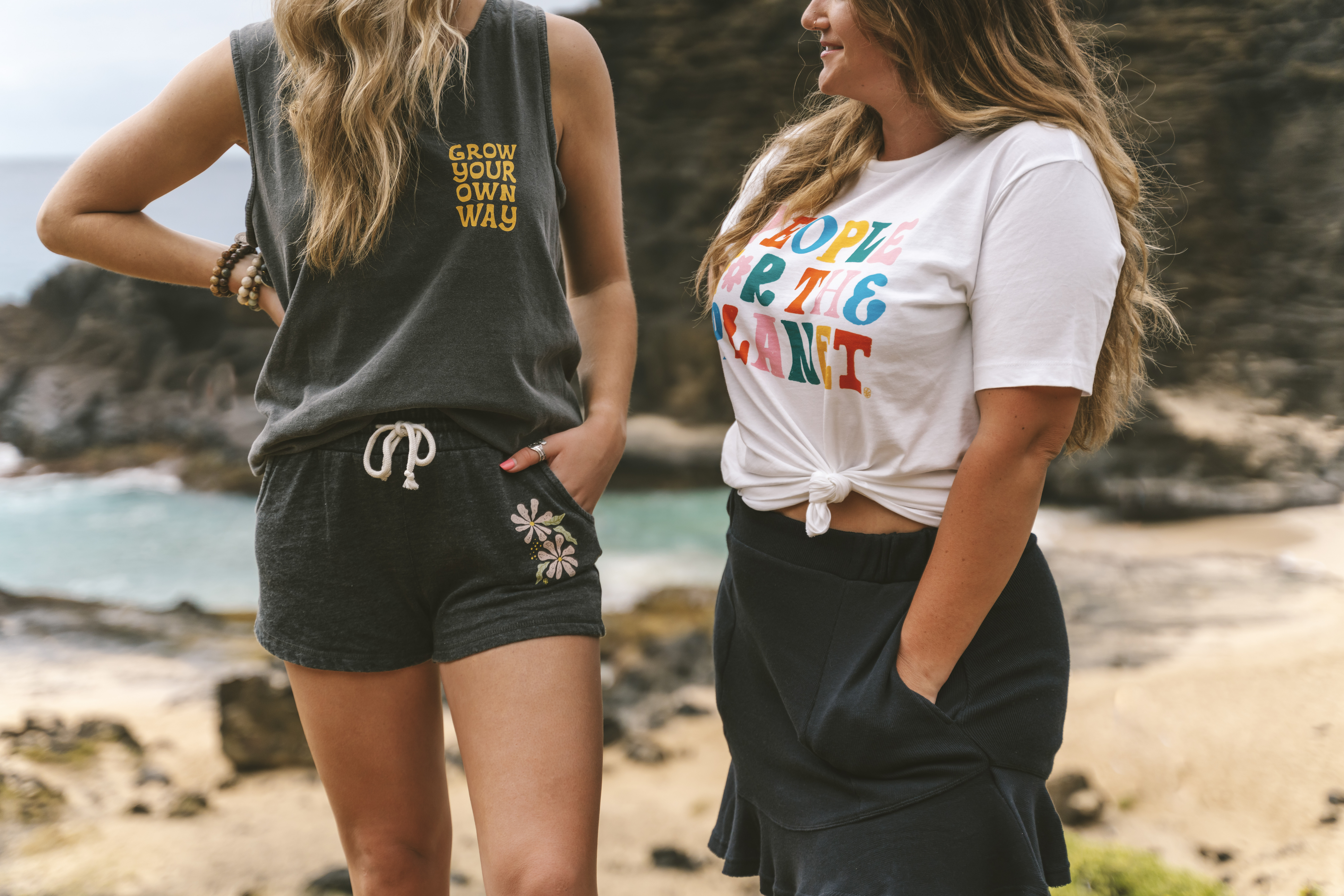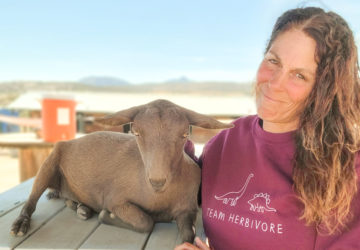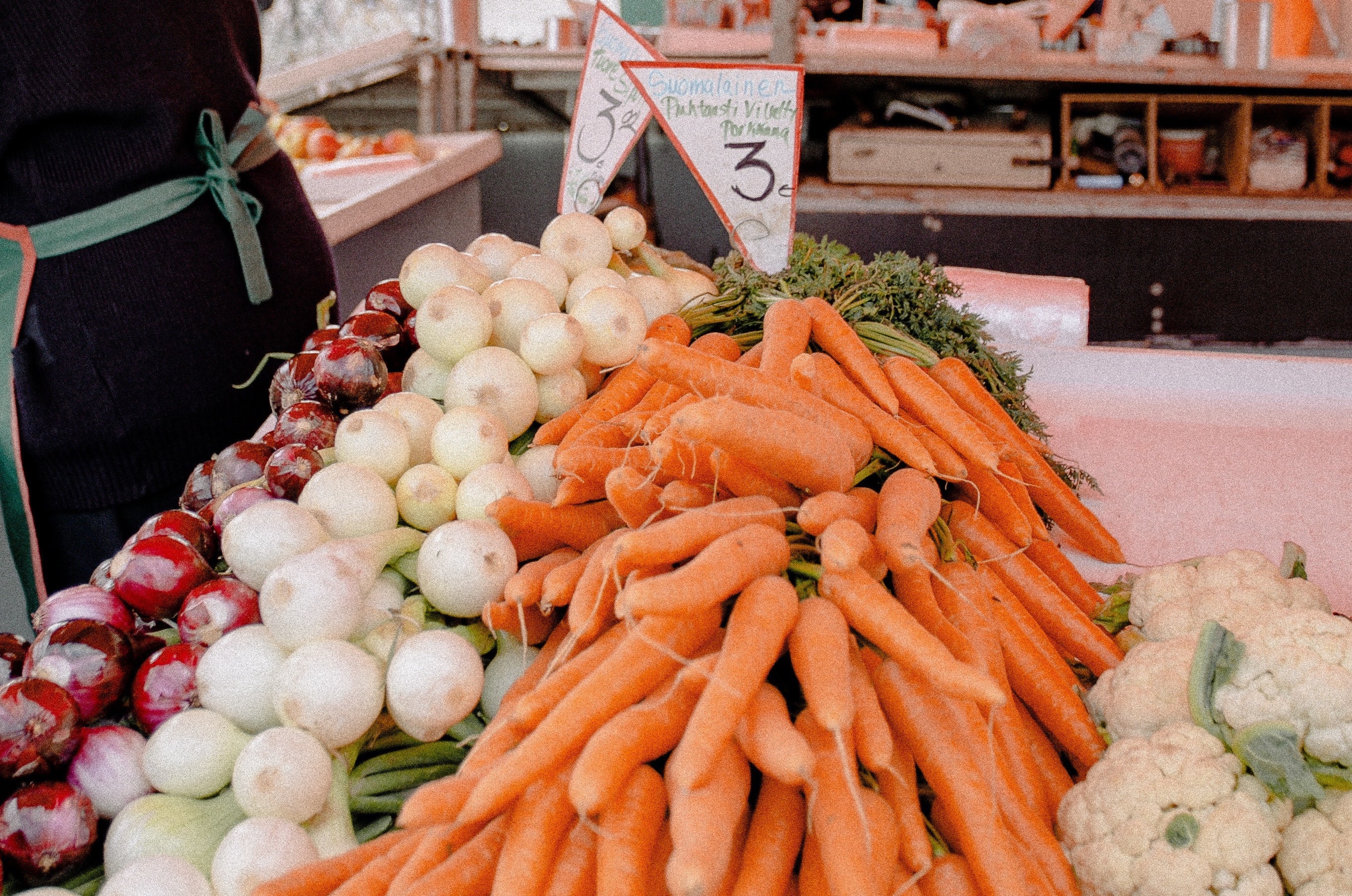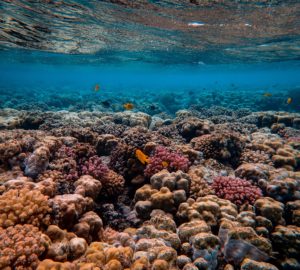Want an eco-friendly diet makeover? Here’s how to make it happen
You don’t have to grow kale in your backyard to be a sustainable eater — if you’re doing that, though, we applaud you!
What an eco-friendly diet really comes down to is: considering the relationship between the food on our plates with the rest of the world. (The Food and Agriculture Organization has a much fancier and thorough definition of sustainable eating if you’re interested.)
Of course, sustainable eating for one person can look a whole lot different for someone else. We all have different budgets and lifestyles, so be realistic with yourself about what’s reasonable (and what’s not). Slowly but surely, little changes can develop into big changes.
12 ways to follow an eco-friendly diet
Love local

Explore your local food scene by checking out farmers markets, small neighborhood grocery stores, or even visiting a nearby farm (here’s a website to find farms close to you). You’ll not only support your community, but you’ll also help cut down the amount of energy needed to ship food to bigger markets.
Eat less meat (or none at all!)
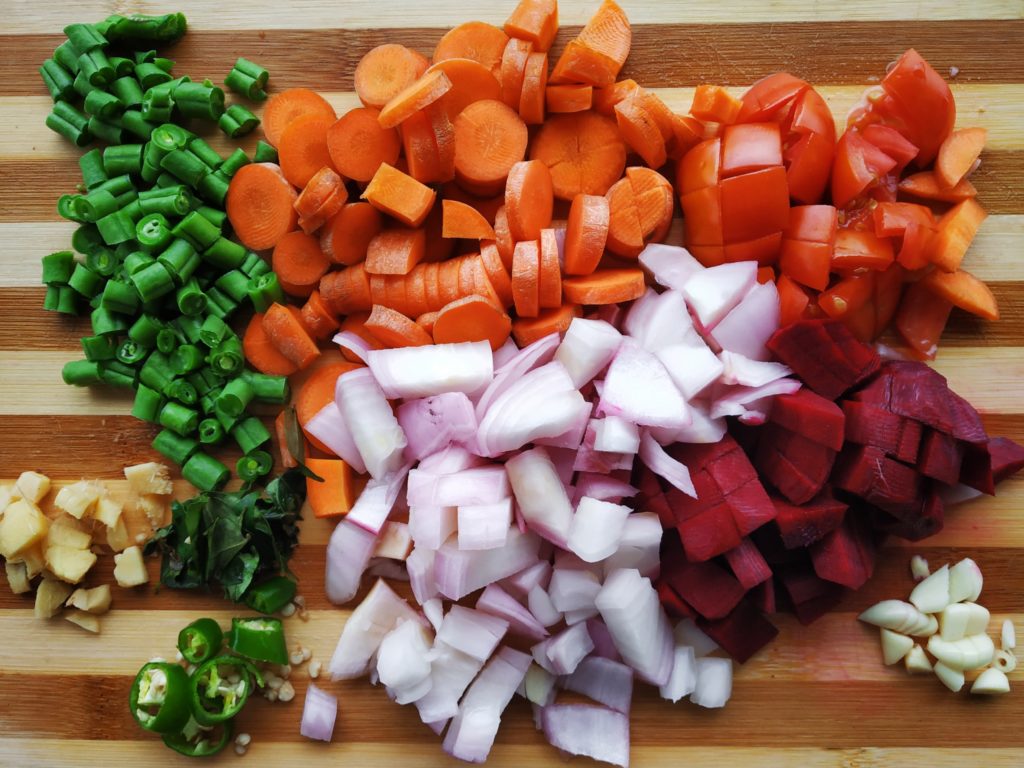
Whether you eat an omnivorous or vegan diet, shifting to a more plant-based lifestyle gives lots of love to Mother Earth. Studies show that someone following a plant-based diet uses five times less water than someone with a meat-based diet. And other research shows that meat and dairy production is responsible for 60 percent of agriculture’s greenhouse gas emissions.
If you’re not already living plant-based, consider embracing Meatless Mondays or opting for plant-protein during lunch. Making one change is a great place to start.
Reach for “naked” produce
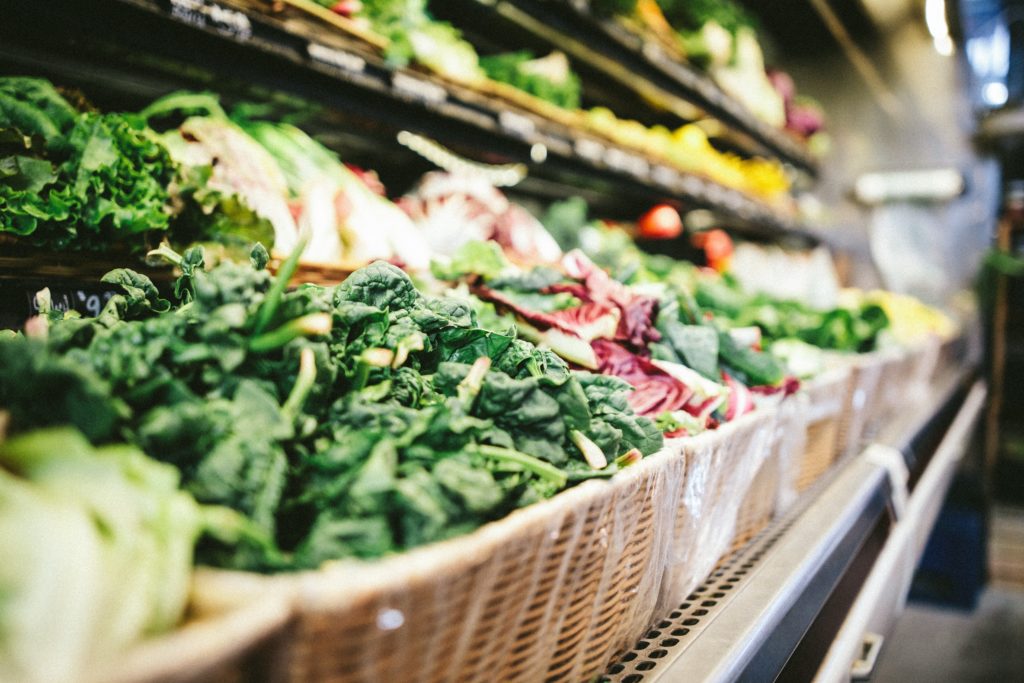
If you’ve ever felt overwhelmed by the amount of produce wrapped in plastic, you’re far from alone. But whenever possible, reach for loose/unwrapped produce and ditch the little single-use produce bags since you’ll be washing the items at home.
Know when to buy in bulk
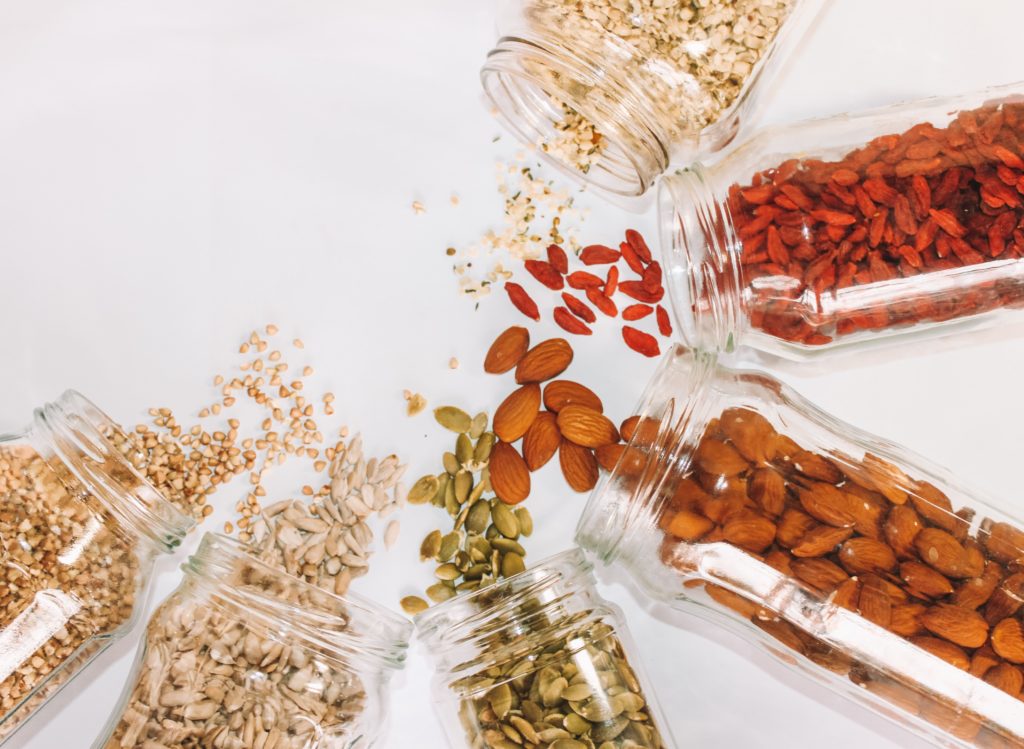
Buying food in bulk can be a great thing, particularly when it comes to non-perishables like canned soup and peanut butter, or things you eat quickly. But if you find yourself throwing away rotten spinach every week — perhaps that’s something that should be purchased in smaller quantities.
Avoid wasting food
Get crafty in the kitchen (those brown-ish bananas would make an awesome banana bread). Freeze food before it starts to mold. And try to keep your fridge tidy so you know exactly what to grab when those 3pm cravings creep in.
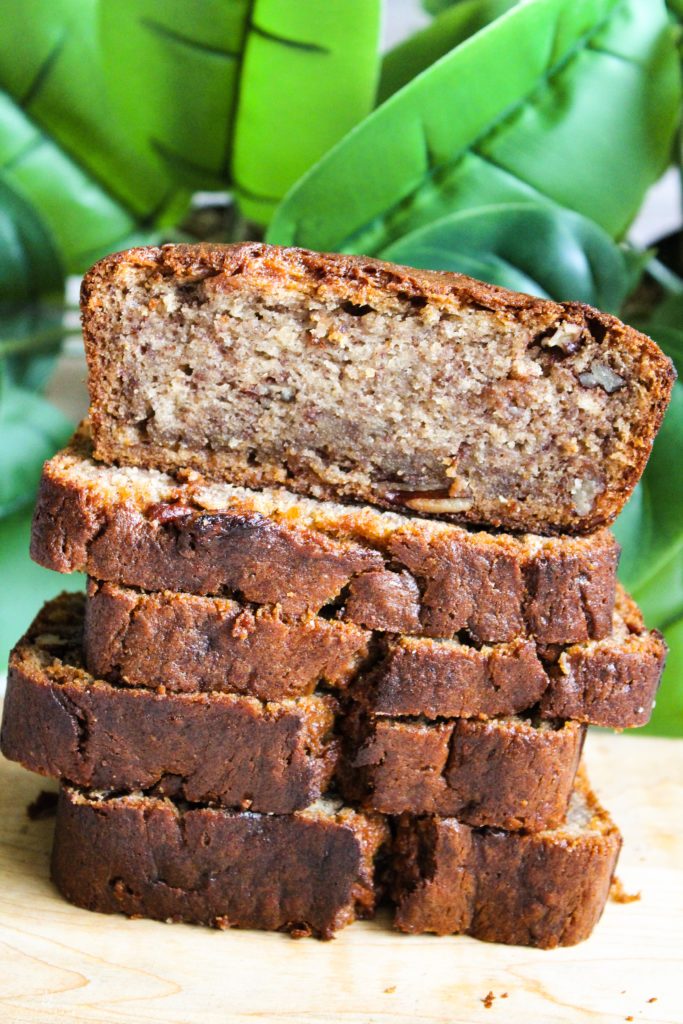
Check out more tips on how to waste less food at our post: 8 Simple Ways To Stop Throwing Out Food.
Savor seasonal produce
Lots of energy is required to grow/ship veggies and fruits that aren’t in season, so reach for seasonal produce instead. The environment will be grateful and so will your tastebuds.
Map out your meals
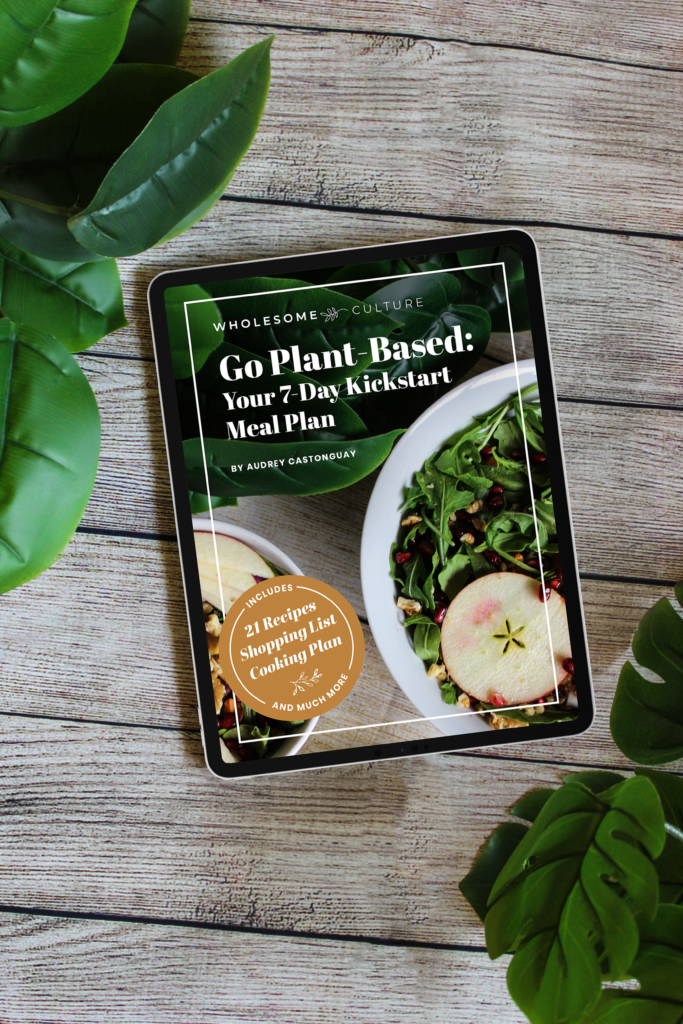
Planning your meals is an amazingly simple way to save money and it’s also beneficial towards the planet. The more you plan, the less likely you are to waste food unnecessarily.
Need some meal planning inspiration. We’ve got you covered:
- Everything you need to know about meal planning
- Prep these 5 easy vegan lunches for the best week ever
- 7 Nutritious and Delicious recipes to get you through your busy week!
- The best healthy and vegan snacks you can make in minutes
- Wholesome Culture’s 7 day kickstart plant-based meal plan
Remember your reusable bags

Of course, when you go food shopping, always remember your reusable bag. In the market for a new tote? Check out our Wholesome Culture tote!
BYOB – Bring your own bottle
Shipping liquids can be very energy intensive. Plus, we all know the importance of limiting (or better yet – eliminating) our use of disposable plastic. So, refill your own water bottle and feel good knowing you’re helping the planet and saving money.
Eat less processed food
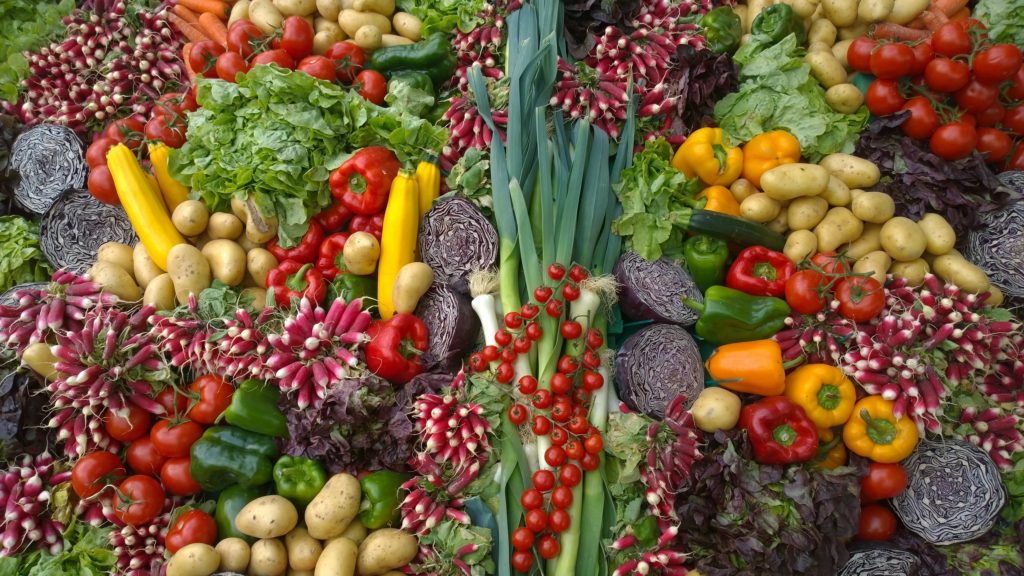
If your food was created in some sort of factory, it likely comes with a high carbon footprint. As a general rule, the more unprocessed food you eat — the better off the planet will be.
Read the labels
Some labels to keep an eye on include: Fair Trade, USDA organic, Rainforest Alliance, and 100% recycled. If you do eat animal products, also look for: Free Range and Safe Catch.
Pay attention to your plate
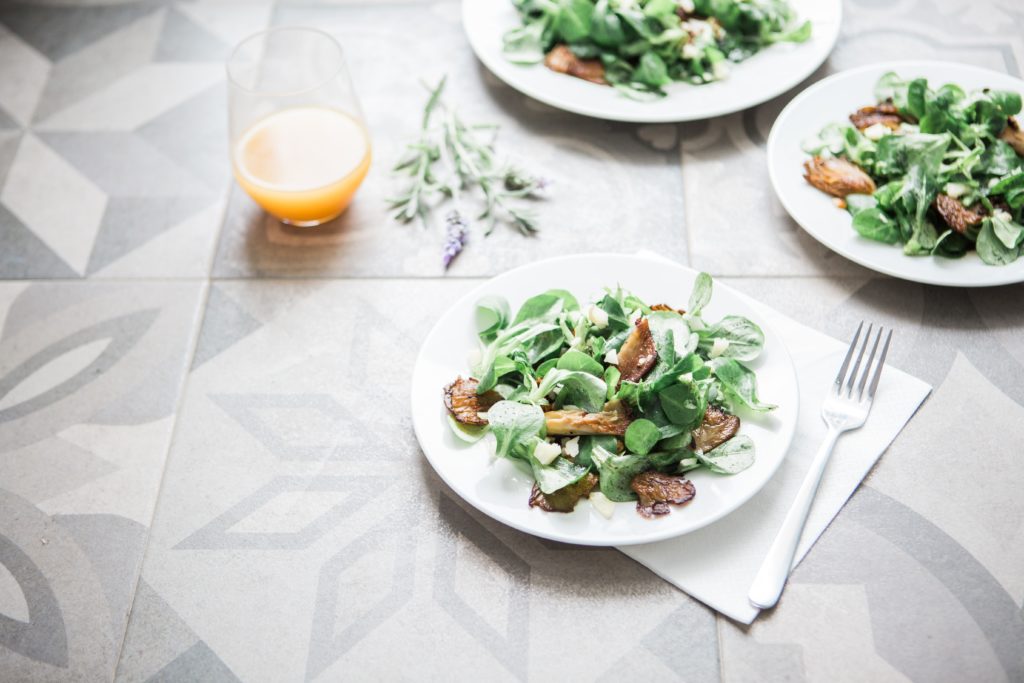
The simple of act of wondering about food can be a total game changer. By asking questions and doing your own research, you’ll be much more likely to embrace a sustainable diet that works for you and your lifestyle.
Want to learn more ways to live more mindfully? Check out these posts:
- 3 Ways to make the world a more peaceful place
- Here are 31 ways to be plastic-free for every day of the month
- 5 ways to be more mindful of your palm oil use
- 8 real ways you can save the Amazon Rainforest now

